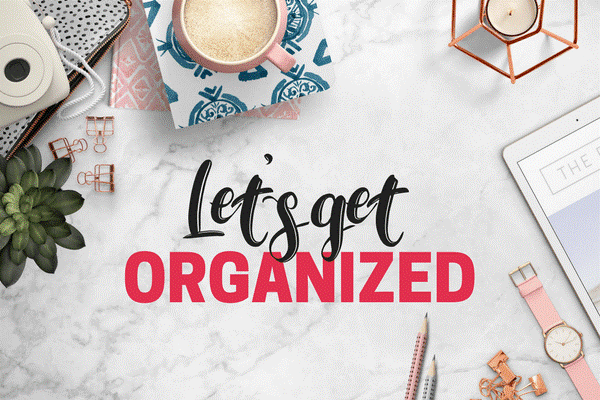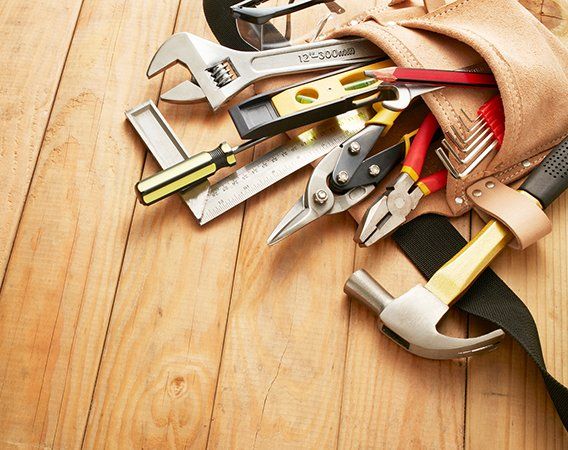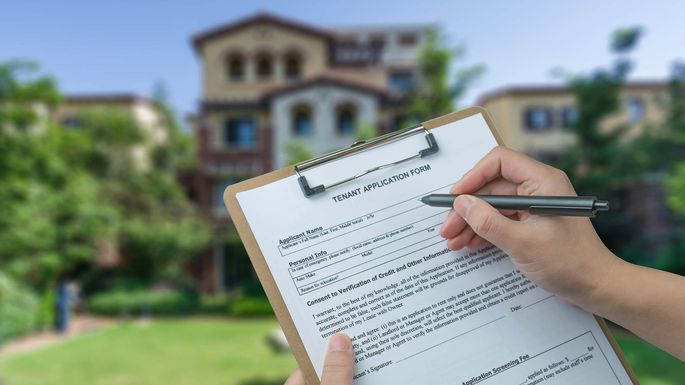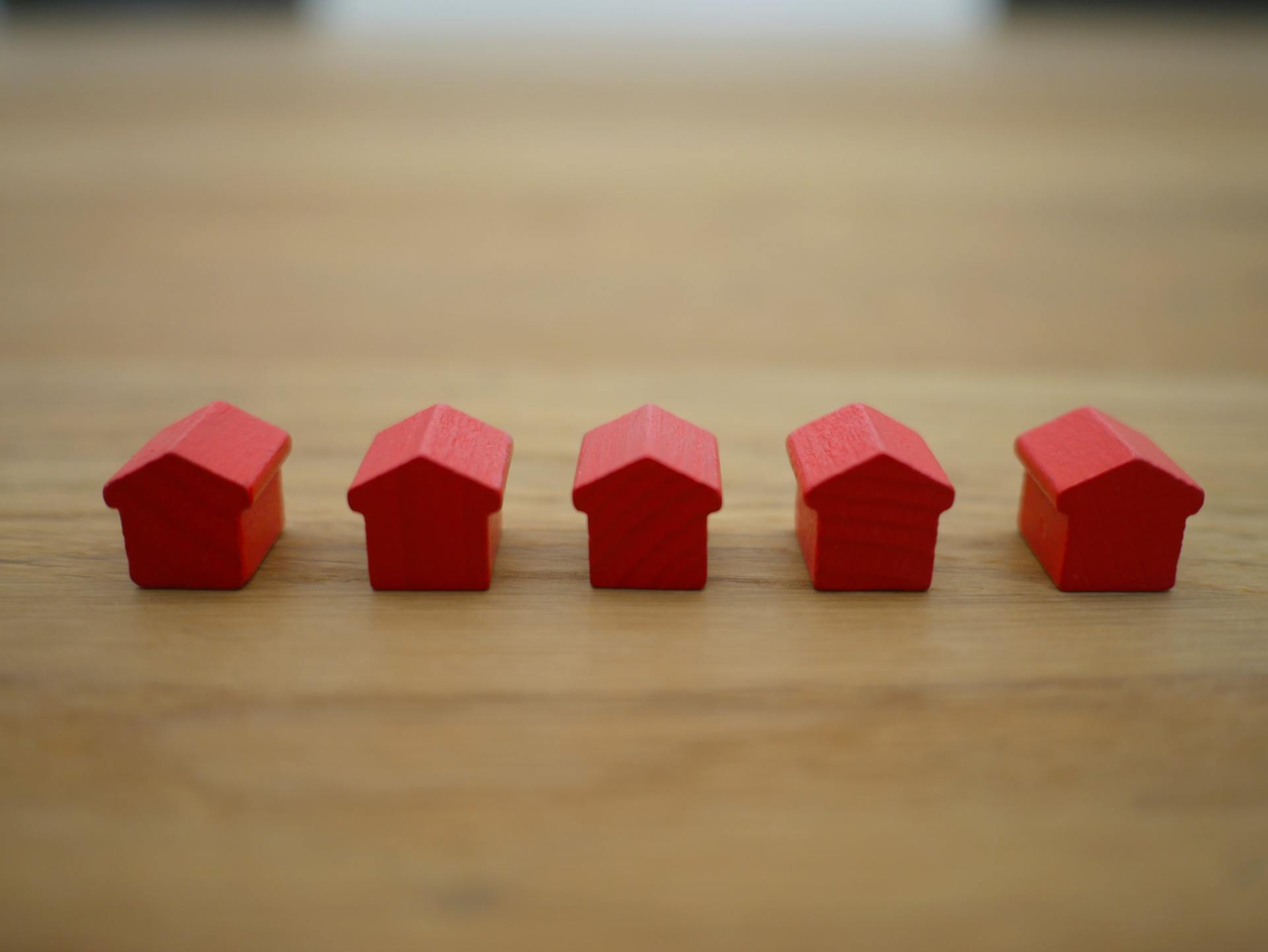Let's Get Organized
Time to get Organized!

Have you ever spent hours organizing things in little baskets, boxes, jars, you name it, and at the end of the day you were so proud of yourself, and everything looks so good, but then two weeks later all your hard work had disappeared, and you were back to square one? It’s almost just as much work or more to maintain that type of organization. Through trial and error, I have developed a system that is manageable.
First ask yourself some questions:
# 1 – Identify what is important to you. Decide how you want the area to function for you on an everyday basis. How often do you use this area? What is the flow of the area? How many people access this area?
# 2- Where do I start? Choose or create a system that is going to be functional and easy to maintain for you! Are you looking to declutter? Do you want to create a “space”, or do you want it to be utilitarian? There are many ways to organize an area. Do your research ahead of time and pick something that will work for you. There are many YouTube videos and Pinterest ideas.
# 3 – How long will this take? Set realistic time expectations to complete. This is very important. Organizing any space can be overwhelming but larger spaces need to be done in steps. Set a time frame and stick to it!
# 4 – What do I want to keep? Start small – select one section within an area at a time. Humans place different values on an item. What one person considers junk is another’s treasure. Create three areas. 1) Keep: These are items you cannot part with or items that you need. 2) Donate: These are items that you do not need, or do not hold significant value to you. Value can be identified as monetary or emotional. 3) Trash: These are items that hold no value to anyone; IE broken items, discontinued items, etc.
# 5 – How much will this cost me? Make sure you have all the materials needed to start, (nothing like not having enough hangers, shelving, etc., halfway through your project). Surprisingly this does not have to be expensive. Local discount stores and dollar stores have many of these items.
Not every system will work for every person, but I wanted to share one of my systems that works for me:
I have a lot of stuff in my dressers, and closet; so much that it was a pain to find anything. I would have to practically pull everything out of the dresser drawer to find anything. I looked at a lot of blogs and YouTube videos on organizing clothes, closets, blah, blah, blah, and I came up with a system that I truly believed would work for me. I wanted to be able to pull out a dresser drawer and see everything in it immediately. First, I started with just my drawers of t-shirts and tops. As I pulled out all my t-shirts, and tops from the drawers, I sorted them by style; T -shirts one pile, basic tops in another pile, and the third pile was my “Get Rid Of” pile. I made the three piles on my bed (easier then piling them on the floor). I then was able to estimate how many drawers I would need for each style (T-shirts, Tops).
Next, I figured out how I was going to fold them so I could minimize the space needed and when I opened the drawer, I could see all of them immediately without digging through a stack of t- shirts, and it wouldn’t take any special gadgets or a lot of time to fold. Finally, I figured it out. Take the t-shirt and fold it in half (top to bottom) then fold it side to side (left to right, or right to left) doesn’t matter, then fold that in half, and then fold it in half again, you’re done…. (If it is a long t- shirt or top, then the last step can be folded in thirds.) I have been able to fit twice as many t-shirts/tops in one drawer, and I can see them all immediately.
This worked great! I decided to use the same idea with pants and shorts. The best thing - I have maintained this for more than a year. I did not need special folding boards and its quick and easy. The best part is I ended up with empty drawers! In the coming months I hope to share more tips on how to organize your space.
Leave a comment and let me know what organizational help you need!












